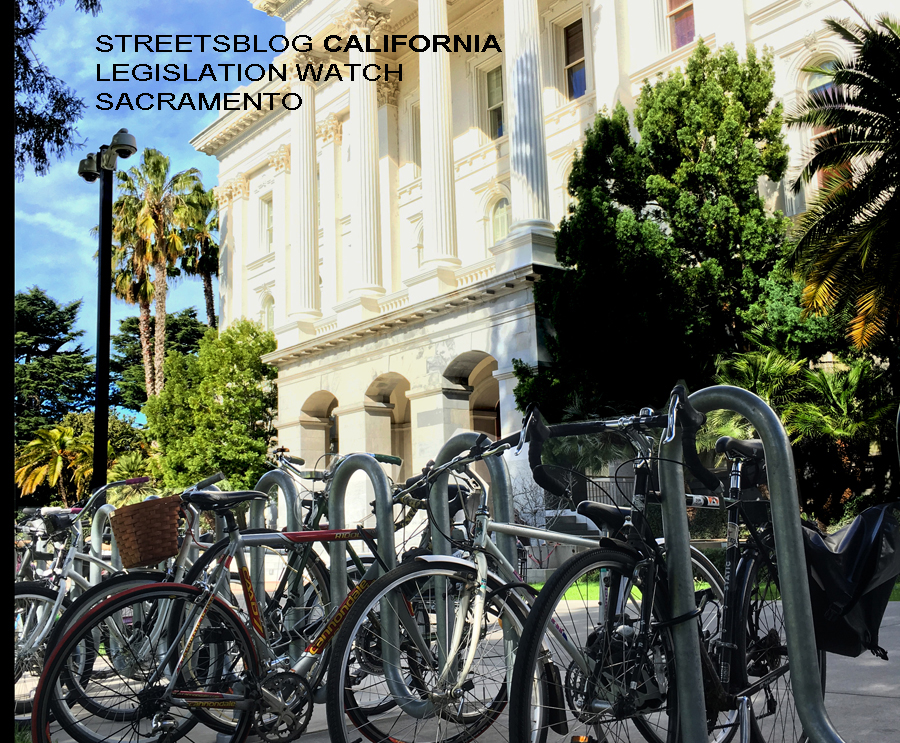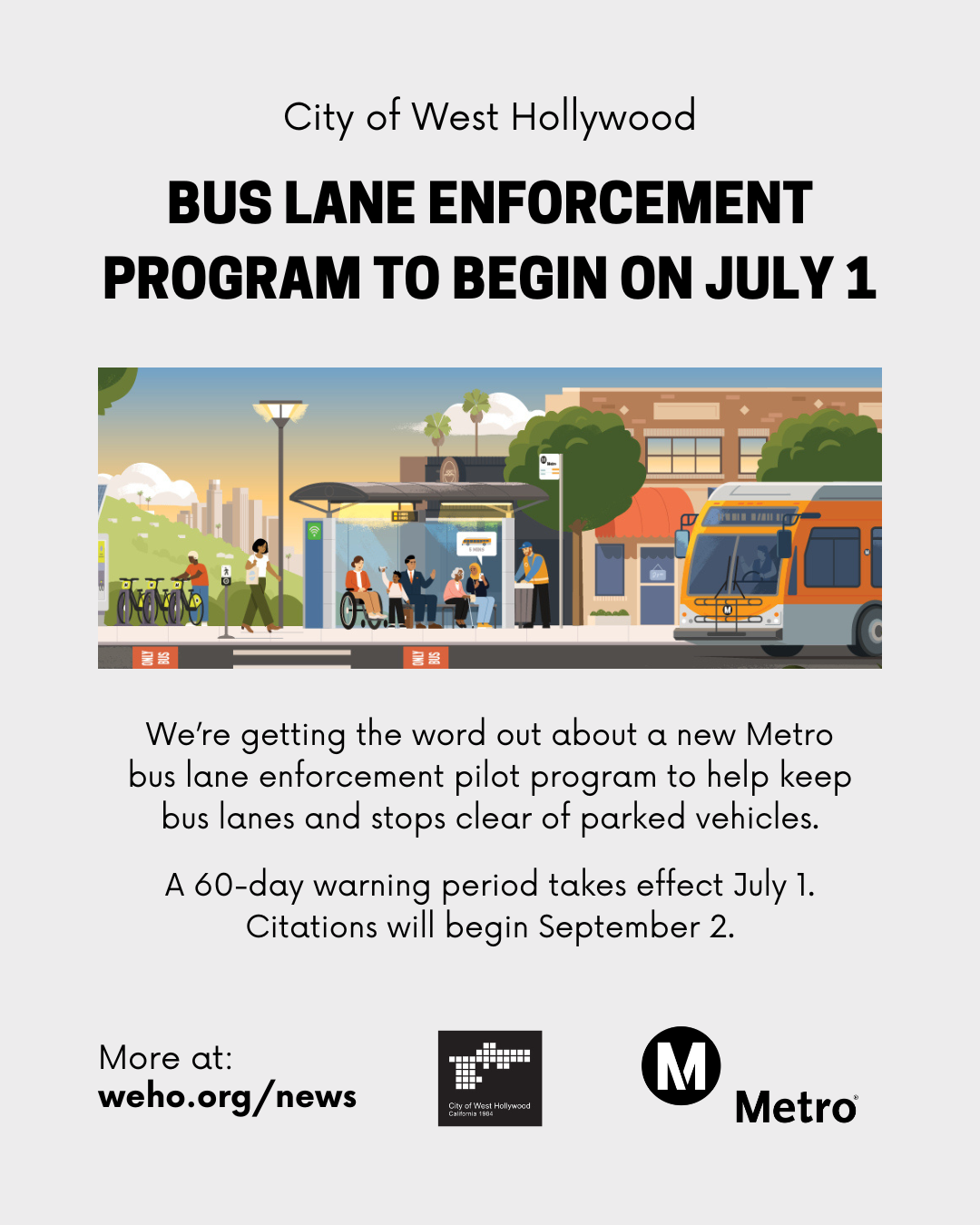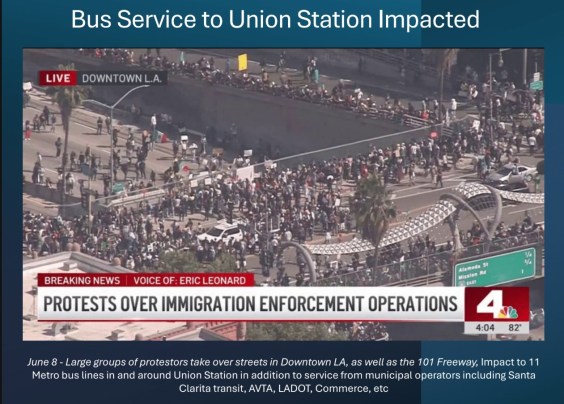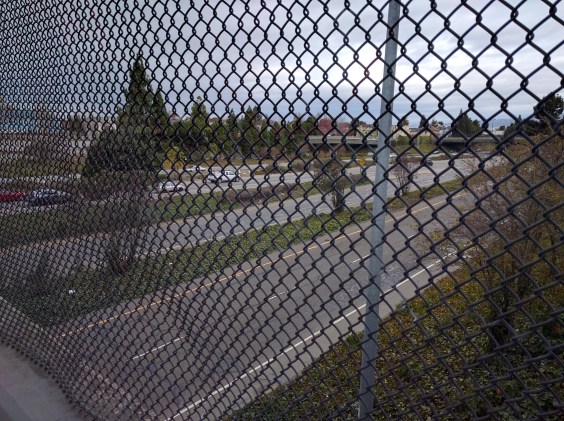It is still early to know what will happen with many of the bills being floated by legislators this year, especially in the context of last year's major disruption of the session and its ongoing effects. But they do give an idea what is on their minds. Among them are some bills aiming at changing governance structures at transit agencies.
Transit Boards
The most fleshed-out-so-far in this group of bills is A.B. 1091, from Assemblymember Marc Berman (D-Menlo Park), which aims to shrink the size of Santa Clara Valley Transit Authority Board and change its makeup so it no longer consists of local elected officials. The changes are based on the findings of a grand jury report. Damien Newton wrote about this in depth on San Francisco Streetsblog here.
Assemblymember Bill Quirk (D-Hayward) has a bill, A.B. 784, which aims to update the governance structure of AC Transit, the transit agency for Alameda and Contra Costa counties. The bill would also give the district an extra year to pay back loans it takes out against future local sales tax revenues.
Another bill, A.B.1196 from Assemblymember Ken Cooley (D-Rancho Cordova), addresses board elections at Sacramento Regional Transit District. The bill "would authorize the board of SacRT to adopt its own voting procedures." In 2006, the board pursued A.B. 2137 to create a voting system that weighted votes according to how much each jurisdiction contributed financially to SacRT's budget. A.B. 1196 would allow the board to change voting procedures without asking permission from the state, as long as it follows some basic transparency procedures.
Assemblymember James Gallagher (R-Yuba City) floated a spot bill, A.B. 1519, that suggested it was going to have something to say about L.A. Metro. While that was strange, given how far Yuba City is from L.A., it was, in the end, just a spot bill. The Assemblymember's office says the plan is to model A.B. 1519 on last year's A.B. 343, which died in committee. That bill, from Assemblymember Jim Patterson (R-Fresno), sought to create a grant program to pay for the costs of transporting fuels to biomass energy facilities out of the Greenhouse Gas Reduction Fund. Does that mean using cap-and-trade money to help transport lumber? Stay tuned.
High Speed Rail: Fossil Fuels, Oversight, Funding
Consistent with previous years, a raft of bills aim at doing something to change, derail, or control California's High Speed Rail Program, and they come from both Republicans - who are generally out to kill the project - and Democrats - who might be trying to do something similar.
Most intriguing are a bill from Assemblymember Adam Gray (D-Merced), A.B. 832, which would prohibit California's High-Speed Rail Program from using fossil fuel engines on its service. Clean electric power is one of the promised clean-air contributions of the planned high-speed rail, and air quality in Gray's Central Valley district is at stake as soon as the service begins. Last year, Assemblymember Laura Friedman, who now chairs the Assembly Transportation Committee, tried to shift money from HSR to unspecified projects at L.A. Metro, focusing specifically on electrification costs and claiming that the insistence on electrification would force riders to change trains once the system's first phase opened up.
Roger Rudick at San Francisco Streetsblog has written extensively about this, saying it is not correct. Hybrid systems that use electric engines where they can and then continue the trip under diesel power where the tracks are not yet electrified are commonly used today.
At the very least, this will be a very interesting conversation in the Assembly Transportation Committee.
Meanwhile Chair Friedman has her own bill, A.B 116, which would give authority to the Legislative Analyst's Office to weigh in on and advise the legislature on the development of the high speed rail system and "shared mobility systems statewide." The LAO already advises the legislature on many matters, emphasizing economic cost-benefit analyses. While the bills' stated intent is to "increase legislative oversight" of HSR, its language is in line with a bill last year from Friedman and Assemblymember Luz Rivas (D-Arleta) that aimed to re-align the priorities of the program away from electrification. That bill, like so many in last year's session that had no connection to the pandemic, got nowhere.
A even more more hostile approach to oversight comes from anti-HSR Assemblymember Patterson in Fresno. A.B. 1235 would create a legislative oversight committee, consisting of members of the Senate and the Assembly, to oversee details handled by the CAHSRA.
Two other bills follow patterns of past Republican attempts to cut the program off at the knees. S.B. 527, from Melendez, would transfer the cap-and-trade revenues currently going to high-speed rail to a project to restore the Salton Sea Restoration. A.B. 5, from Fong, would transfer those funds to K-12 education.
Governance
One more bill of note in this list is S.B. 551, from Senators Henry Stern (D-Ventura) and Bob Hertzberg (D-Van Nuys). This bill calls for the creation of a new statewide authority, the Electric Vehicle authority, to to coordinate activities among state agencies to advance electric vehicle and zero-emission charging infrastructure deployment as well as ensure related equity, workforce development, economic development, and other needs are addressed, as specified.
One argument in favor of a bill like this is the current lack of oversight on many aspects of electric vehicles; the state has tasked the Air Resources Board with figuring out almost everything about them so far, from charging infrastructure to finding ways to increase their use to ensuring equitable access; meanwhile a different agency, the California Public Utilities Commission, deals with energy issues like rates and distribution. A new EV authority could develop more funding and financing mechanisms, such as tax credits, and oversee research and design.
A new authority might be the right way to coordinate the many diverging interests around electric cars, but it's important as well for it to acknowledge that electric vehicles cannot alone solve the pressing environmental and climate crises the state is facing. That is, it would have to take into consideration planning for and encouraging other forms of transportation, from transit to walking to bikes, including e-bikes.






